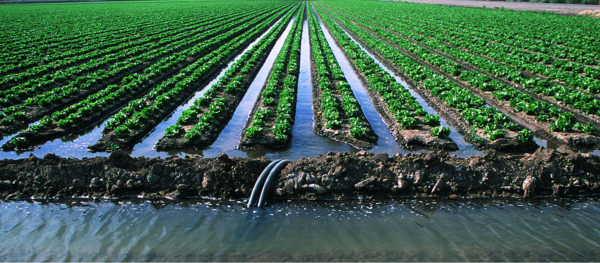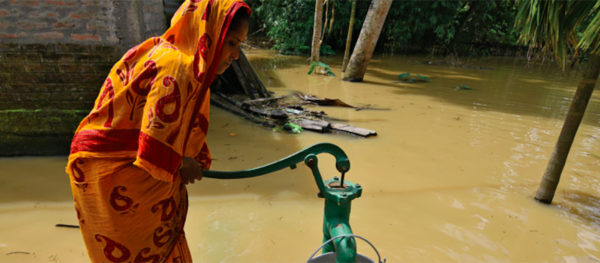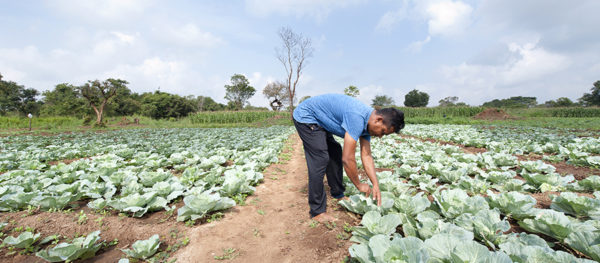Tag: world water day

Chicago Council Global Food Security Symposium 2019 Sets Sight on Managing Water for a Nutritious Food Future
Northern America: This year's symposium focused on the drivers and solutions to water stress, and how large and small actors alike can all contribute to safeguarding water for global food security.
Read MoreNew Report Outlines Strategies for Food and Water Security
Global: The Chicago Council on Global Affairs has released the new report: ‘From Scarcity to Security: Managing Water for a Nutritious Food Future’.
Read MoreHow Irrigation is Becoming an Engine for Growth in Sri Lanka
Asia: The rapid spread of motor pumps for irrigation has helped to transform Sri Lanka's agricultural sector.
Read More


